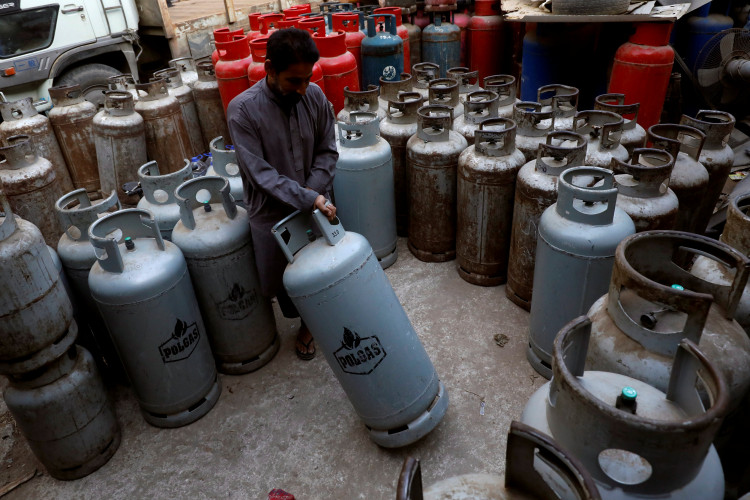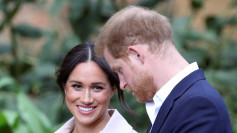Australia is one of the top exporters of liquefied natural gas in the world. Its export to the Asian market is in peril because of a double-barrelled threat caused by the gas shortage and government intervention which is expected to divert LNG shipments to its local consumers.
The three LNG projects stationed in the east coast of Australia, that uses methane gas extracted from coal seams for liquefaction into easily transportable LNG, could pose as a great threat to some of the biggest oil companies in the world including the Royal Dutch Shell, ConocoPhillips, and Malaysia's Petronas. experts projected that one-third of the east coast industry that is located in the State of Queensland could be closed by 2025 since supplies of the coal-seam gas are running down faster than expected. It was less than 10 years after its development was funded by about $60 billion.
What is happening in the coal-seam sector of the business has no effect on other LNG projects on the west and north coasts since they are based on prolific supplies of conventional sources of natural gas.
According to EnergyQuest, a consulting Firm, six operating LNG production facilities in the three projects could be cut to four because of the gas shortage and threat of a diversion of supplies to Australian customers, especially manufacturing projects being hit by the gas shortage.
Australia's LNG experiences capacity shortfall. LNG plans in Queensland operated at an average capacity of about 82 percent where one operates at a 65 percent capacity in 2018.
Graeme Bethune, the founder, and chief executive of EnergyQuest, said that the construction of the three LNG projects with their six trains was bold and visionary but he said that there was simply insufficient gas to run the export plants efficiently to meet the needs of the local market.
He also said that the three Australian east coast projects are all successfully producing, with China the biggest market (70% of 2018 Queensland exports), followed by Korea (17%) and Japan (9%). He also noted that two projects, the Shell-operated Queensland LNG, and the Santos-operated Gladstone LNG. are operating well below capacity due to insufficient gas supply and diversions to the domestic market.
Gas produces said that the shortage in the coal-seam gas is not caused by insufficiency of gas in the ground but it is the result of political directives that limit the areas for the development of the LNG.






